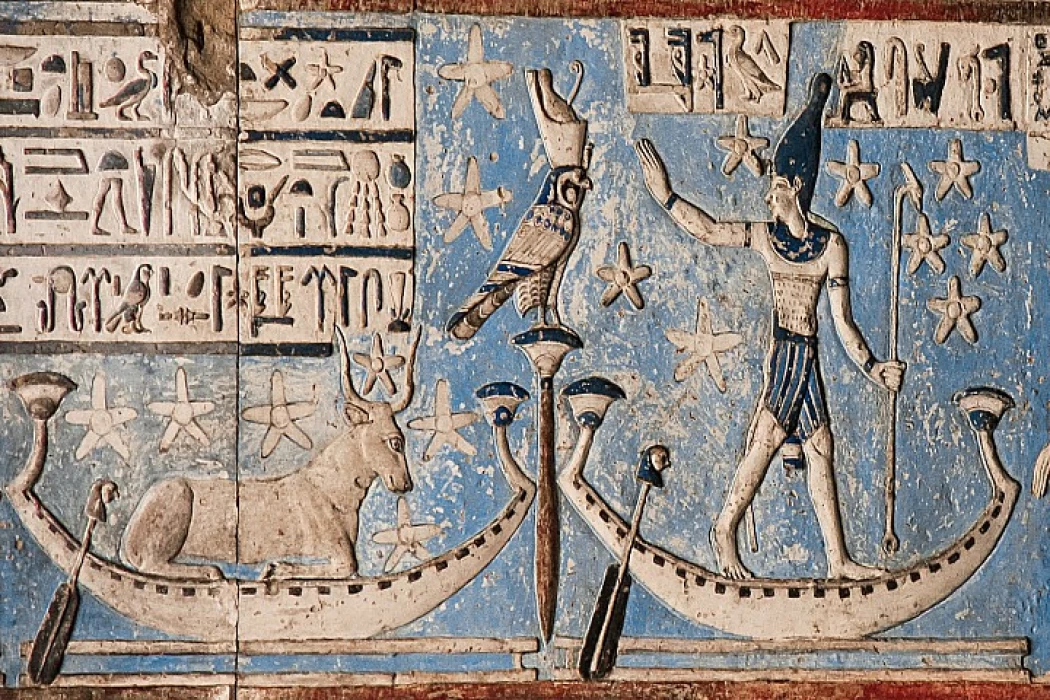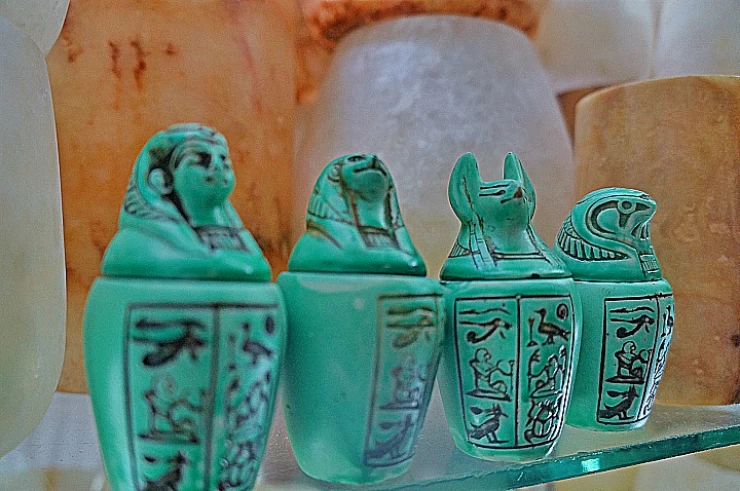
Astronomy in Ancient Egypt
Ancient Egypt
Communities living in the Old Near East (Egypt and the Rafidain Country in particular) have made a great effort to achieve a sound timing system that allows for the organization of economic and political affairs.
Since ancient times the Babylonians have divided the week into seven days, and the astronomy into the circle of towers (an imaginary belt in the sky encompassing the tracts of the Sun, Moon and stars). The twelve-signal tower circle, divided into 30 degrees, served as a tool for monitoring the movement of the Sun, the Moon and the planets.
The Babylonians monitored celestial bodies and were able to see the course of stars and planets, and the best they discovered in this field was to accurately tune and anticipate the lunar eclipse. Babylonian meteorology is one of the oldest recorded by peoples and has benefited Europe in the future.
The ancient Egyptians initially followed what the people of Babylon did by using the Moon to divide the Year into sections, but the Egyptians took a second step forward when they divided the Year into three chapters: Flood (mid-July to mid-November), transplant, seed and emission (mid-November to mid-March), and harvest and drought (mid-March to mid-July).
Each term was four months. Each of these months they made it thirty days, and added five days at the end of the year, they considered it a holiday and holiday period so that the year's account would match the flood of the Nile and the locations of the sun. Egyptian priests tracked planetary sites and recorded their observations back to back centuries, and were able to create the annual calendar in prehistoric times, specifically in the last phase of these ages.
This remarkable scientific achievement has become, after all, the best cultural legacy, and the greatest legacy of ancient Egypt for the civilized world. Priests considered that their astronomical studies should remain secret sciences. Egyptians have observed the appearance of certain objects in their skies during the period when the Nile's waters are rising and overflowing its aspects.
The appearance of the star known as the "Yemeni Poetry Star" was of particular interest to them, linking a phenomenon near the flood of the Nile each summer to the appearance of the star on the eastern skyline before the sunrise on a given day of the year, with the advent of the star indicating the arrival of the flood. By repeating their observations, they were able to calculate how long it took to appear as such and found it to be 365 days. Thus, ancient Egyptians invented the annual calendar based on the full cycle of the sun. Egypt grew up with the best ancient calendar, based on something of science and responsive to urgent needs, especially in agriculture.
Observing the ancient peoples of the Near East of stars and planets and tracking their positions led to the formation of astrology (knowledge of the absentee). Astrologers speculated about what would happen in man's future and what was written for him, claiming to know what was destined for him by mapping towers or examining the innards of animals and birds, or by observing emirates and other signals. In our language today, some terms reminiscent of the reign of astrology and ancient ages, such as "unfortunate (star)", "fortunate", "happy days" and "curved days", and the ether-derived word "impact", which was thought to be an invading liquid, emanating from stars, "affects" people's worth and actions.















